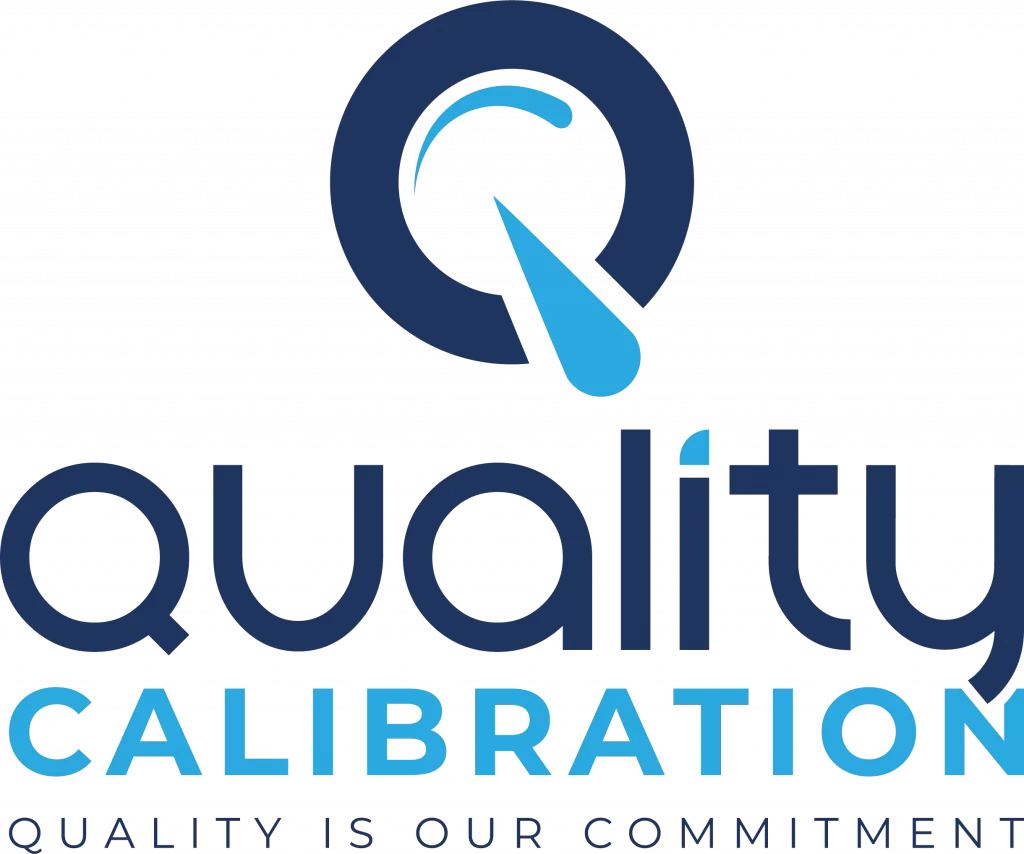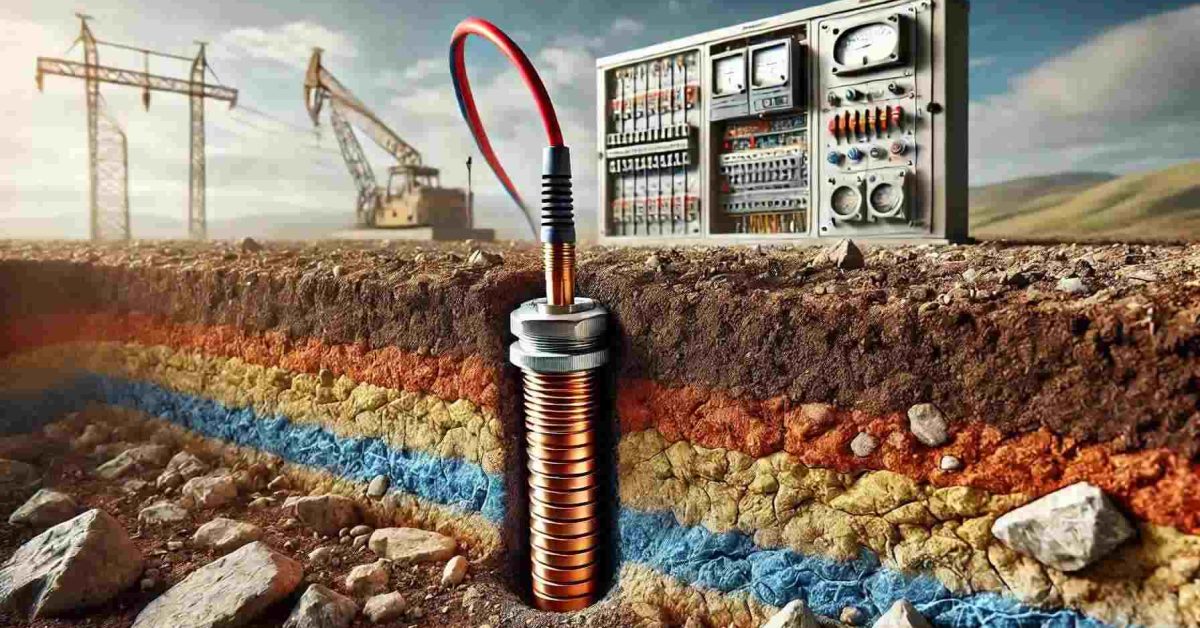Introduction: Ensuring Electrical Safety with Earth Resistance Testing
Imagine a bustling industrial setting in Bangladesh, where machinery hums with power and electrical systems keep operations running smoothly. Behind the scenes, there’s an essential element safeguarding lives and preventing electrical mishaps: earth resistance testing. In this comprehensive guide, we will delve into the intricacies of earth resistance testing, equipping you with the knowledge to ensure electrical safety in your workplace.
Understanding Earth Resistance Testing
What is Earth Resistance Testing?
Earth resistance testing is a vital procedure in electrical maintenance that measures the resistance between an electrical system and the ground. This test ensures that the electrical system is effectively grounded, minimizing the risk of electrical shock and equipment damage.
The Importance of Earth Resistance Testing
Proper grounding is crucial for the safe operation of electrical systems. Inadequate grounding can lead to dangerous electrical faults, electrical shocks, fires, and equipment failure. By conducting regular earth resistance tests, you can identify and rectify any issues, ensuring the integrity and safety of your electrical infrastructure.
Earth Resistance Testing Methods
There are several methods available for conducting an earth resistance test. Let’s explore the two most commonly used methods:
- Fall of Potential (3-Point) Method: This method involves using three test points: the current electrode, the potential electrode, and the auxiliary electrode. Measurements are taken by varying the distance between the current electrode and potential electrode while keeping the auxiliary electrode at a fixed distance.
- Wenner (4-Point) Method: The Wenner method requires four equally spaced test probes driven into the ground. Measurements are taken by passing current through the outer probes while measuring the potential difference between the inner probes.
Both methods have their advantages and may be suitable for different scenarios. Consult with professionals or refer to local regulations to determine the most appropriate method for your specific requirements.
Selecting the Right Equipment for Earth Resistance Testing
Choosing the right equipment is crucial for accurate and reliable earth resistance testing. Here are some factors to consider:
- Digital Earth Tester: Opt for a digital earth tester with a good measurement range, display accuracy, and built-in safety features. Ensure that it meets international standards and is suitable for the chosen testing method.
- Test Leads: High-quality test leads with proper insulation and connection points are essential for reliable measurements. Inspect the leads regularly for any signs of wear or damage and replace them when necessary.
- Auxiliary Spikes: Auxiliary spikes are used to establish connections between the ground and the tester. Ensure they are made of suitable materials that can withstand corrosion and provide stable contact.
- Personal Protective Equipment (PPE): Prioritize safety by wearing appropriate PPE, such as safety gloves, boots, and protective clothing, when performing earth resistance tests. This protects against potential electrical hazards.
How to do Earth Resistance Test
Step 1: Prepare for the Test
Before diving into the earth resistance test, make sure you have the necessary equipment and take the following precautions:
- Gather the equipment – Acquire a digital earth tester, test leads, auxiliary spikes, and a safety mat.
- Ensure safety – Wear appropriate personal protective equipment (PPE), including safety gloves and boots, to protect against electrical hazards.
Step 2: Select the Test Method
Several methods can be used to perform an earth resistance test, such as the fall of potential (3-point) method, the Wenner (4-point) method, or the clamp-on method. For the sake of this guide, we will focus on the fall of potential method.
Step 3: Perform the Fall of Potential Method
Follow these steps to conduct the fall of potential method:
- Set up the equipment – Connect the test leads to the digital earth tester and insert the auxiliary spikes into the ground at predetermined distances.
- Measure the distance – Measure the distance between the auxiliary spikes and the grounding system under test.
- Start the test – Initiate the earth resistance test using the digital earth tester, following the manufacturer’s instructions.
- Record the readings – Note down the resistance readings displayed by the digital earth tester.
- Calculate the earth resistance – Use the obtained readings and the formula specified in the digital earth tester’s manual to calculate the earth resistance.
Step 4: Interpret the Test Results
After calculating the earth resistance, compare it with the recommended values specified in local regulations or industry standards. If the measured resistance is within the acceptable range, your electrical system is adequately grounded. However, if the resistance exceeds the permissible limits, further investigation and corrective measures are necessary.
The Benefits of Earth Resistance Testing
Ensuring electrical safety should be a top priority for any organization. Earth resistance testing offers numerous benefits, including:
- Safety Enhancement: By conducting regular earth resistance tests, you minimize the risk of electrical shocks, fires, and other hazards, creating a safer environment for your employees.
- Compliance with Regulations: Adhering to local regulations and industry standards is crucial for legal compliance. Earth resistance testing helps you meet the necessary requirements and demonstrate your commitment to safety.
- Equipment Protection: Inadequate grounding can lead to equipment damage and premature failure. By maintaining proper earth resistance, you safeguard your valuable electrical equipment, reducing repair and replacement costs.
- Reliable Power Distribution: Effective grounding ensures stable power distribution, minimizing voltage fluctuations, and potential disruptions. This is particularly important in industries where uninterrupted power supply is critical.
- Prevention of Electrical Faults: Faulty electrical systems can cause interruptions in operations, leading to downtime and financial losses. Regular earth resistance testing helps identify and rectify potential faults before they escalate.
So, you’re looking for an Earth Resistance Test Company in Bangladesh right? Quality Calibration Solution is here to help. Contact here.
Common Challenges and Troubleshooting Tips
During earth resistance testing, you may encounter certain challenges. Here are some common issues and troubleshooting tips:
- High Resistance Readings: High resistance readings could indicate poor grounding or inadequate contact between the test probes and the ground. Ensure that the test probes are firmly in place and clean any rust or debris from the contact points.
- Interference: Interference from nearby electrical systems or stray currents can affect test results. Perform tests during periods of minimal electrical activity, or use shielding techniques and appropriate filtering to mitigate interference.
- Unstable Ground Conditions: Unstable ground conditions, such as dry or rocky soil, can impact test accuracy. Consider wetting the ground around the test probes or consult professionals for alternative testing methods suitable for challenging soil conditions.
- Inconsistent Readings: Inconsistent readings may be due to improper test setup or inadequate contact between the electrodes and the ground. Double-check the connections, ensure proper spacing between the electrodes, and verify that the equipment is functioning correctly.
If you encounter persistent issues or are unsure about troubleshooting, it is advisable to seek assistance from professional calibration service providers like Quality Calibration Solutions.
Why Choose Quality Calibration Solutions for Your Calibration Needs?
When it comes to calibration services in Bangladesh, Quality Calibration Solutions stands out as the leading provider. Here’s why you should consider them for all your calibration requirements:
- Unparalleled Expertise – With years of experience in the industry, Quality Calibration Solutions has amassed extensive knowledge and expertise in calibration practices, ensuring accurate and reliable results.
- State-of-the-Art Equipment – Quality Calibration Solutions employs cutting-edge calibration equipment, guaranteeing precision and adherence to international standards.
- Comprehensive Services – From earth resistance testing to instrument calibration, Quality Calibration Solutions offers a wide range of calibration services to meet diverse customer needs.
- Dedicated Customer Support – The team at Quality Calibration Solutions is committed to providing exceptional customer service, addressing queries, and offering professional guidance throughout the calibration process.
Conclusion
In the realm of electrical safety, earth resistance testing plays a vital role in mitigating potential risks. By following the step-by-step guide outlined in this article, you can ensure the effectiveness of your electrical grounding system, promoting a safer working environment.
For reliable and accurate calibration services in Bangladesh, Quality Calibration Solutions is your trusted partner. Don’t compromise on electrical safety—contact Quality Calibration Solutions today and experience the highest standard of calibration services.
Frequently Asked Questions (FAQs)
What is the purpose of an earth resistance test?
- An earth resistance test is conducted to measure the resistance between an electrical system and the ground, ensuring effective grounding and minimizing electrical hazards.
How often should earth resistance testing be performed?
- The frequency of earth resistance testing depends on various factors such as local regulations, the type of electrical system, and the environment. It is advisable to consult with a professional calibration service provider like Quality Calibration Solutions for guidance.
Can I perform an earth resistance test myself, or should I hire a professional?
- While it is possible to conduct an earth resistance test yourself, hiring a professional calibration service provider ensures accurate results and adherence to industry standards.
What are the consequences of inadequate grounding?
- Inadequate grounding can lead to electrical shocks, equipment damage, fires, and compromised safety for personnel working with electrical systems.
Are there any specific regulations regarding earth resistance testing in Bangladesh?
- In Bangladesh, electrical safety regulations are governed by the Bangladesh National Building Code (BNBC) and the Bangladesh Electricity Rules (BER). These regulations outline the standards for electrical grounding and may provide specific requirements for earth resistance testing.
Can I use any digital earth tester for conducting an earth resistance test?
- To ensure accurate results, it is recommended to use a digital earth tester that meets international standards and has appropriate measurement ranges for the expected earth resistance values.
What are the common factors that affect earth resistance?
- Several factors can influence earth resistance, including soil composition, moisture content, temperature, electrode quality, and the presence of nearby structures or utilities.
Can earth resistance testing prevent electrical accidents?
- While earth resistance testing is not a foolproof method to prevent all electrical accidents, it significantly reduces the risk by ensuring proper grounding and minimizing electrical faults.
Is it necessary to shut down electrical systems before conducting an earth resistance test?
- In most cases, electrical systems can remain operational during an earth resistance test. However, it is crucial to follow proper safety procedures and consult with professionals to determine if any specific precautions need to be taken.
What other types of calibration services does Quality Calibration Solutions offer?
- Apart from earth resistance testing, Quality Calibration Solutions provides a wide range of calibration services, including instrument calibration, temperature calibration, pressure calibration, and more.
Why is it important to choose a reputable calibration service provider?
- Choosing a reputable calibration service provider ensures accurate calibration results, adherence to industry standards, and access to professional expertise, ultimately promoting electrical safety and reliability.
How long does an earth resistance test typically take?
- The duration of an earth resistance test depends on various factors such as the size and complexity of the electrical system. A professional calibration service provider can provide a more accurate estimate based on your specific requirements.
Can I rely solely on visual inspections to determine if an electrical system is adequately grounded?
- Visual inspections can provide some indication of the condition of the grounding system but cannot accurately measure earth resistance. Conducting regular earth resistance tests is essential to ensure proper grounding.
What are the risks of performing an earth resistance test incorrectly?
- Incorrectly performing an earth resistance test can lead to inaccurate results, potential damage to equipment or the electrical system, and compromised safety. It is crucial to follow proper procedures or hire professionals to conduct the test.
Can earth resistance vary over time?
- Yes, earth resistance can vary due to factors such as changes in soil conditions, weather conditions, or degradation of grounding electrodes. Regular testing is necessary to monitor and maintain proper earth resistance levels.
Prioritize electrical safety, comply with regulations, and protect your equipment by investing in regular earth resistance testing and relying on the expertise of professionals like Quality Calibration Solutions.

Md. Hasan Ibrahim is a Technical Manager at Quality Calibration with extensive experience in the calibration sector since 2015. Holding a Bachelor of Science degree in Mechanical Engineering from Khulna University of Engineering & Technology (KUET), he has received training from various national and international organizations including CSIR-CMERI, QSI, BAB, NML-BSTI, memmert, and X-rite. With expertise in ISO/IEC 17025 assessment, method validation, metrological traceability, and uncertainty, he has successfully completed numerous calibration projects across diverse industries such as pharmaceuticals, food & beverage, oil & gas, textiles & garments, power plants, batteries, chemicals, hospitals & healthcare, and private universities.





